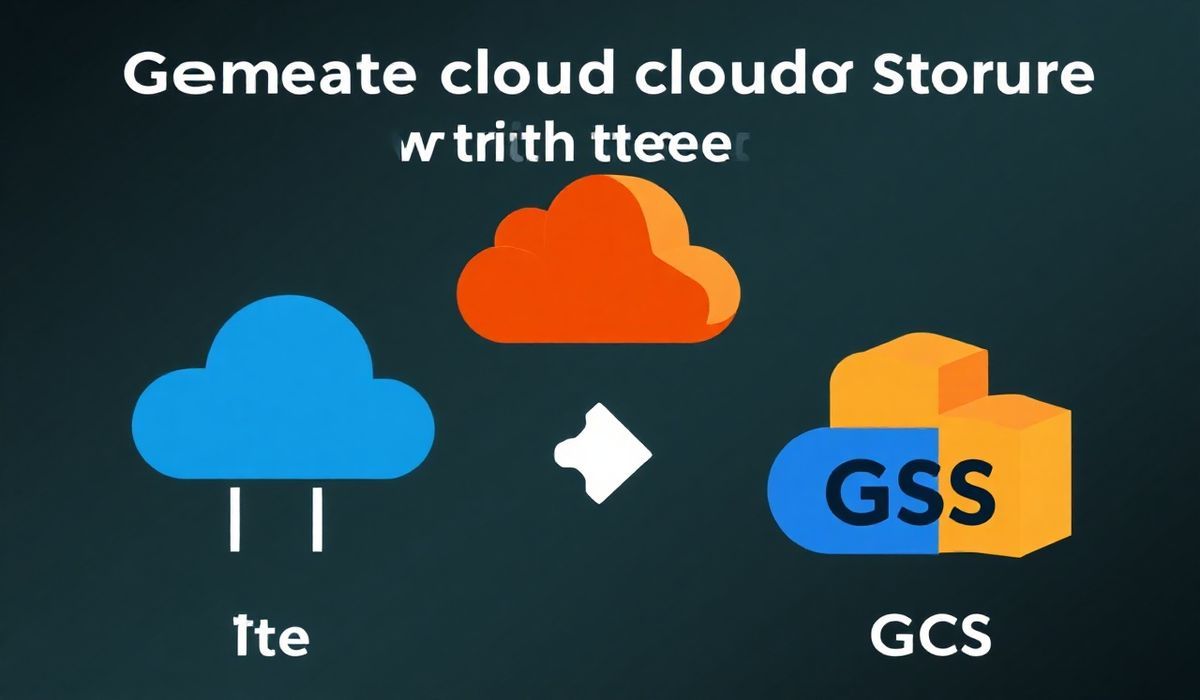Introduction to Tensorflow IO GCS Filesystem
The tensorflow-io-gcs-filesystem extension is a robust module that enables TensorFlow to seamlessly interact with Google Cloud Storage (GCS). It is part of TensorFlow I/O, which provides filesystem extensions, datasets, and other IO operations to help developers build highly scalable and portable AI workflows. This library bridges the gap between TensorFlow and GCS, ensuring efficient data handling for machine learning models hosted in the cloud.
Features of tensorflow-io-gcs-filesystem
- Direct integration with Google Cloud Storage.
- Customizable data pipelines for cloud-hosted datasets.
- Optimized performance for stream-based IO with TensorFlow.
How to Install
Installing TensorFlow IO GCS Filesystem is simple and straightforward. Use the following command:
pip install tensorflow-io-gcs-filesystem
Useful API Examples with Code Snippets
Here are some key APIs supported by tensorflow-io-gcs-filesystem along with code examples:
1. Reading Files from GCS
Read a file directly from Google Cloud Storage:
import tensorflow as tf # Configure the GCS file system file_path = "gs://your-bucket-name/path_to_file.txt" file_content = tf.io.read_file(file_path) print(file_content.numpy())
2. Writing Files to GCS
import tensorflow as tf # Write some content to Google Cloud Storage output_file_path = "gs://your-bucket-name/output_file.txt" tf.io.write_file(output_file_path, "This is a test content")
3. Listing Files in a GCS Bucket
import tensorflow as tf
# List files within a GCS folder
bucket_path = "gs://your-bucket-name/"
filenames = tf.io.gfile.glob(bucket_path + "*")
print("Files in bucket:")
for file in filenames:
print(file)
4. Checking File Existence
import tensorflow as tf
# Check if a file exists
file_path = "gs://your-bucket-name/path_to_file.txt"
exists = tf.io.gfile.exists(file_path)
print(f"File exists: {exists}")
5. Copying Files Between GCS Locations
import tensorflow as tf
# Copy a file in GCS
source_path = "gs://your-bucket-name/source_file.txt"
destination_path = "gs://your-bucket-name/destination_file.txt"
tf.io.gfile.copy(source_path, destination_path)
print("File copied successfully!")
6. Deleting a File in GCS
import tensorflow as tf
# Delete a file in GCS
file_path = "gs://your-bucket-name/file_to_delete.txt"
tf.io.gfile.remove(file_path)
print("File deleted successfully!")
Application Example Using tensorflow-io-gcs-filesystem
Below is an example of a simple machine learning model that reads training data from Google Cloud Storage, trains the model, and writes the trained model back to the GCS bucket.
import tensorflow as tf
# Read training data from GCS
train_data_path = "gs://your-bucket-name/train_data.csv"
train_data = tf.data.experimental.make_csv_dataset(train_data_path, batch_size=32)
# Define a simple model
model = tf.keras.Sequential([
tf.keras.layers.Dense(10, activation='relu'),
tf.keras.layers.Dense(1)
])
# Compile the model
model.compile(optimizer='adam', loss='mse', metrics=['mae'])
# Train the model
model.fit(train_data, epochs=5)
# Save the trained model to GCS
model_save_path = "gs://your-bucket-name/trained_model"
model.save(model_save_path)
print("Model training completed and saved to GCS!")
Conclusion
The tensorflow-io-gcs-filesystem library is essential for any TensorFlow developer working with Google Cloud Storage. It simplifies the whole process of interacting with GCS for reading, writing, and managing files directly from your TensorFlow applications. By leveraging these APIs, you can build highly efficient and secure machine learning applications deployed in the cloud.




